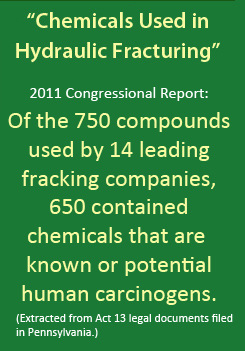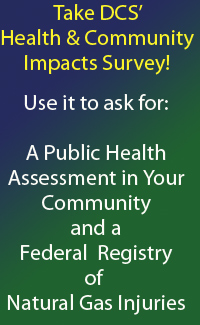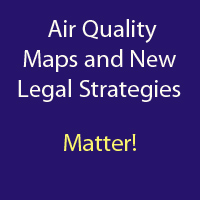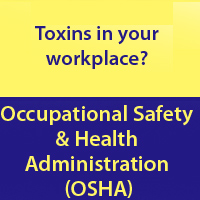Project studying illnesses near Minisink gas compressor
Resident says family suffering maladies
TOWN OF MINISINK – Public health toxicologist David Brown does not call his work with people living around gas compressor stations “research.”
“When people are sick, you don’t do a study. You find out what they’re sick from,” he said.
Brown is a founder of the Southwest Pennsylvania Environmental Health Project, a nonprofit group begun in 2011, initially devoted to providing public health information and services related to natural gas extraction in Washington County.
Now the Environmental Health Project is studying 30 people living near the Millennium Pipeline gas compressor that was built in Minisink 18 months ago. (READ MORE…)







